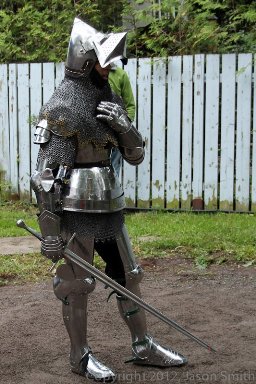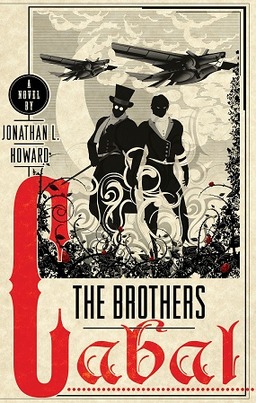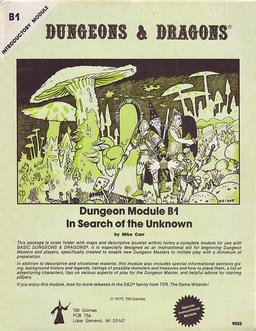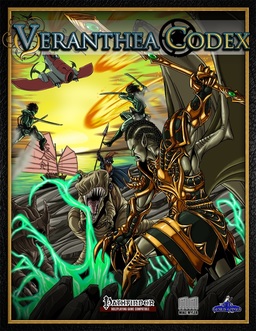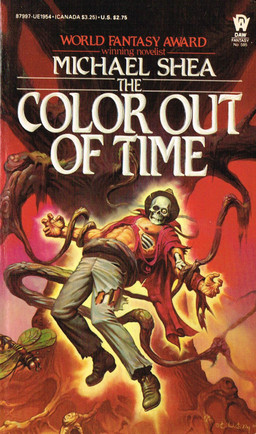I have a deep fondness for old school computer games — especially classic RPGs like Wizardry, Pool of Radiance, Wasteland, Starflight, and Baldur’s Gate. Those games helped get me through my teen years (and most of grad school, now that I think about it). So when Beamdog announced an Enhanced Edition of Baldur’s Gate in November 2012, I was thrilled.
Beamdog was founded by two ex-employees of Bioware, the company that created some of the finest computer RPGs ever made, including Baldur’s Gate, Neverwinter Nights, Star Wars: Knights of the Old Republic, and Mass Effect. Co-founder Trent Oster and lead programmer Cameron Tofer formed Beamdog in July 2010 with the vision of bringing old school RPGs to modern platforms, and spent two years lovingly crafting a complete re-write of Baldur’s Gate — originally released only for Windows 95/98 — for modern versions of Windows, iPad , OS X, and Android. Their version eventually included over 400 enhancements, like new high-res cinematics, UI improvements, enhanced multiplayer, bug fixes and higher level caps, and over six hours of bonus quests & new adventures. It was, in short, the ultimate edition of Baldur’s Gate.
As excited as I was to see the Baldur’s Gate: Enhanced Edition — and its sequel, Baldur’s Gate II: Enhanced Edition, released in 2013 — I was even more delighted to learn that Beamdog’s next project was Icewind Dale: Enhanced Edition. Icewind Dale was my favorite of the Dungeons & Dragons Infinity Engine line of games (which included Baldur’s Gate I and II, Planescape: Torment, and several others), and I have very fond memories of playing it with my children over a dozen years ago.
Now Beamdog has made Icewind Dale: Enhanced Edition available for pre-order on their website for just $19.99, in a package that also includes both of the expansion packs: Heart of Winter and Trials of the Luremaster. Check out the trailer for the enhanced edition above.
…
Read More Read More
